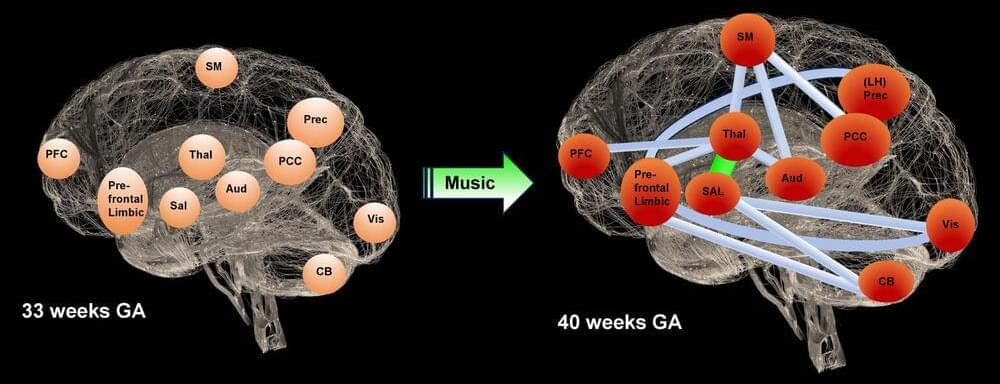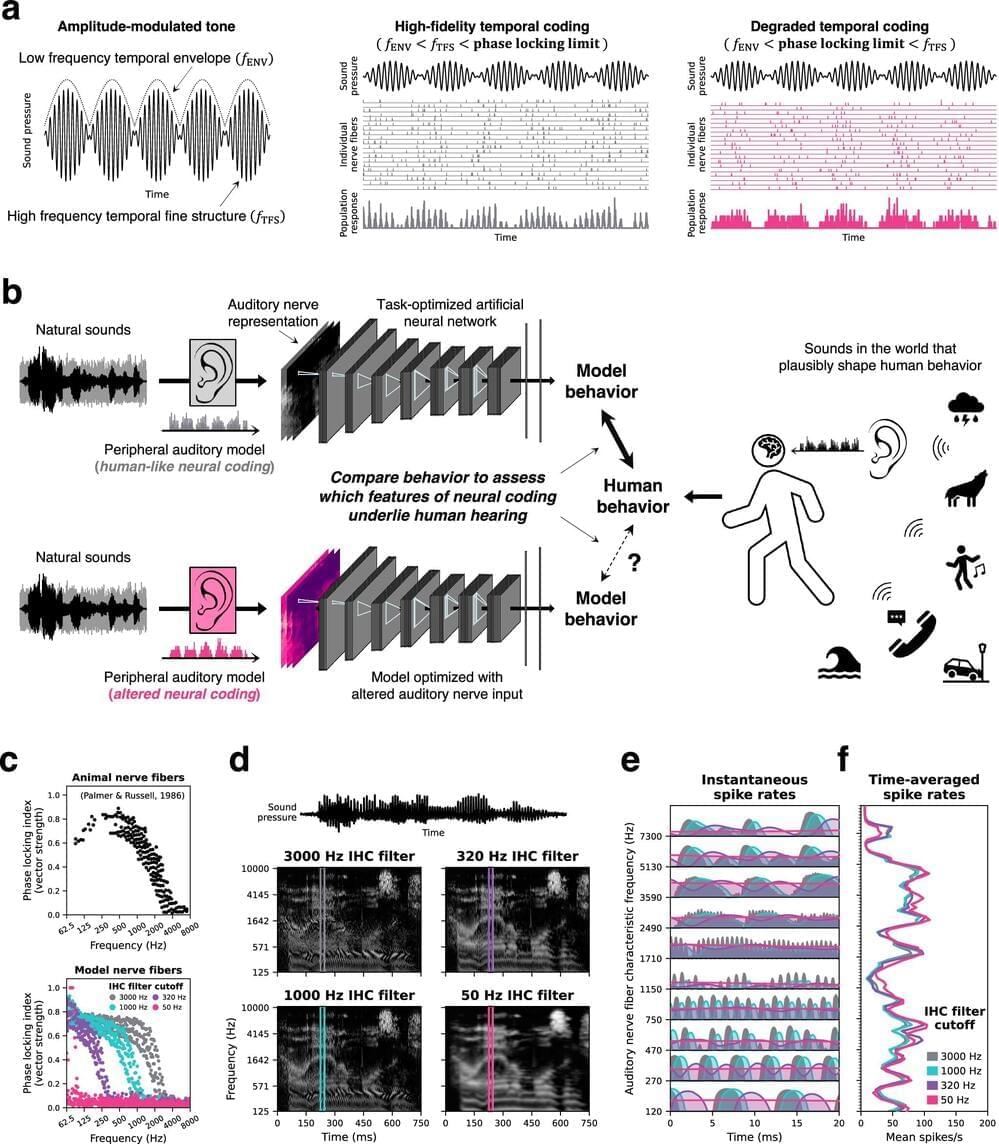Explore the latest breakthroughs in science! Learn how Metal–Organic Frameworks (MOFs) are changing chemical processes and how naked singularities could unlock the secrets of the universe. Discover how these advancements reshape technology and our understanding of physics. Watch now!
Paper link: https://www.nature.com/articles/s4146…
Chapters:
00:00 Introduction.
00:39 Advancements in Molecular Diffusion within Metal–Organic Frameworks (MOFs)
03:32 The Enigmatic Nature of Naked Singularities in Cosmology.
07:14 The Intersection of Molecular Diffusion and Cosmological Singularities.
09:20 Outro.
09:29 Enjoy.
MUSIC TITLE : Starlight Harmonies.
MUSIC LINK : https://pixabay.com/music/pulses-star…
Visit our website for up-to-the-minute updates:
www.nasaspacenews.com.
Follow us.
Facebook: / nasaspacenews.
Twitter: / spacenewsnasa.
Join this channel to get access to these perks:

